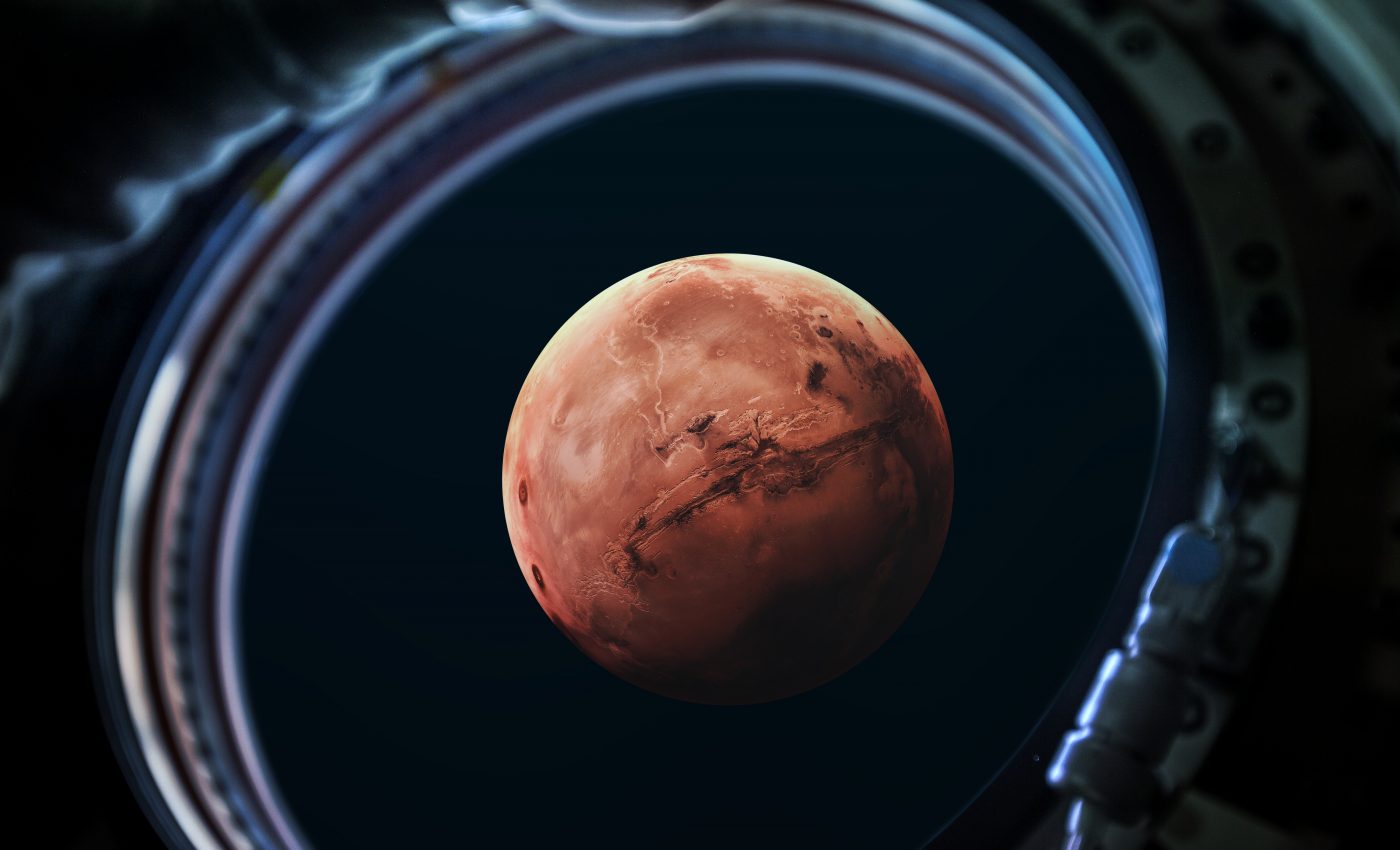
Some microbes from Earth could survive the conditions on Mars
Microbes from Earth could temporarily survive on the surface of Mars, according to new research by scientists at NASA and the German Aerospace Center. The team tested how certain microorganisms would respond to Martian conditions by launching them into the Earth’s stratosphere.
The study, which is published by Frontiers, has laid the groundwork for understanding the potential threats of microbes during space travel, as well as the opportunities for resource independence from Earth.
“We successfully tested a new way of exposing bacteria and fungi to Mars-like conditions by using a scientific balloon to fly our experimental equipment up to Earth’s stratosphere,” said study co-first author Marta Filipa Cortesão. “Some microbes, in particular spores from the black mold fungus, were able to survive the trip, even when exposed to very high UV radiation.”
It is critical to the success of future missions to measure the endurance of microbes under the conditions in space. For example, missions to find extraterrestrial life must be designed to eliminate the possibility that any microbes that are discovered have simply traveled from Earth.
“With crewed long-term missions to Mars, we need to know how human-associated microorganisms would survive on the Red Planet, as some may pose a health risk to astronauts,” said study co-first author Katharina Siems. “In addition, some microbes could be invaluable for space exploration. They could help us produce food and material supplies independently from Earth, which will be crucial when far away from home.”
The conditions in Earth’s middle stratosphere above the ozone layer are remarkably similar to key characteristics of the environment at the Martian surface.
“We launched the microbes into the stratosphere inside the MARSBOx (Microbes in Atmosphere for Radiation, Survival and Biological Outcomes experiment) payload, which was kept at Martian pressure and filled with artificial Martian atmosphere throughout the mission,” said Cortesão.
“The box carried two sample layers, with the bottom layer shielded from radiation. This allowed us to separate the effects of radiation from the other tested conditions: desiccation, atmosphere, and temperature fluctuation during the flight. The top layer samples were exposed to more than a thousand times more UV radiation than levels that can cause sunburn on our skin.”
“While not all the microbes survived the trip, one previously detected on the International Space Station, the black mold Aspergillus niger, could be revived after it returned home,” explained Siems. She noted that microorganisms are closely-connected to our body, our food, and our environment, which makes it impossible to rule them out of space travel.
“Using good analogies for the Martian environment, such as the MARSBOx balloon mission to the stratosphere, is a really important way to help us explore all the implications of space travel on microbial life and how we can drive this knowledge towards amazing space discoveries.”
The study is published in the journal Frontiers in Microbiology.
—
By Chrissy Sexton, Earth.com Staff Writer













